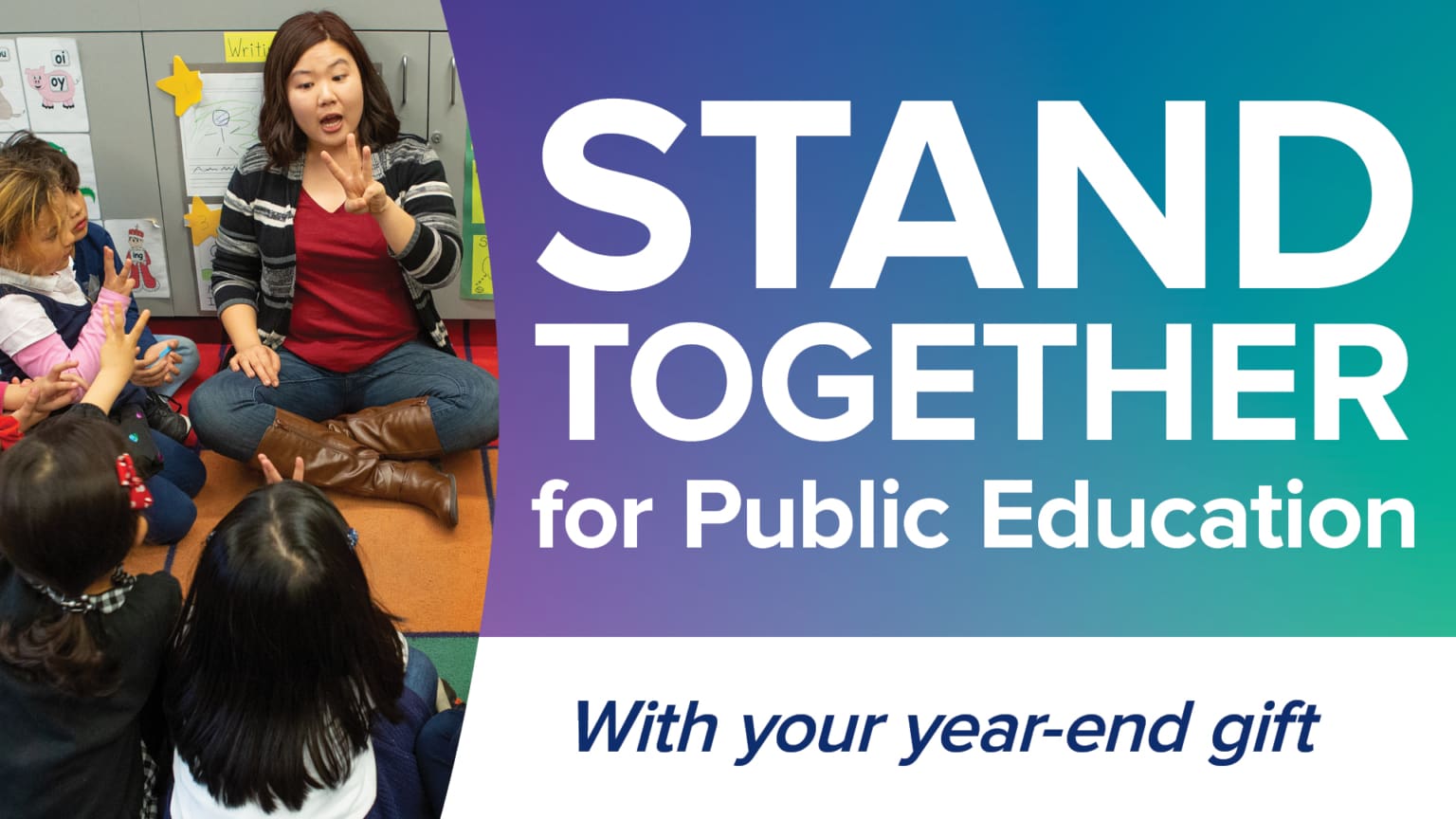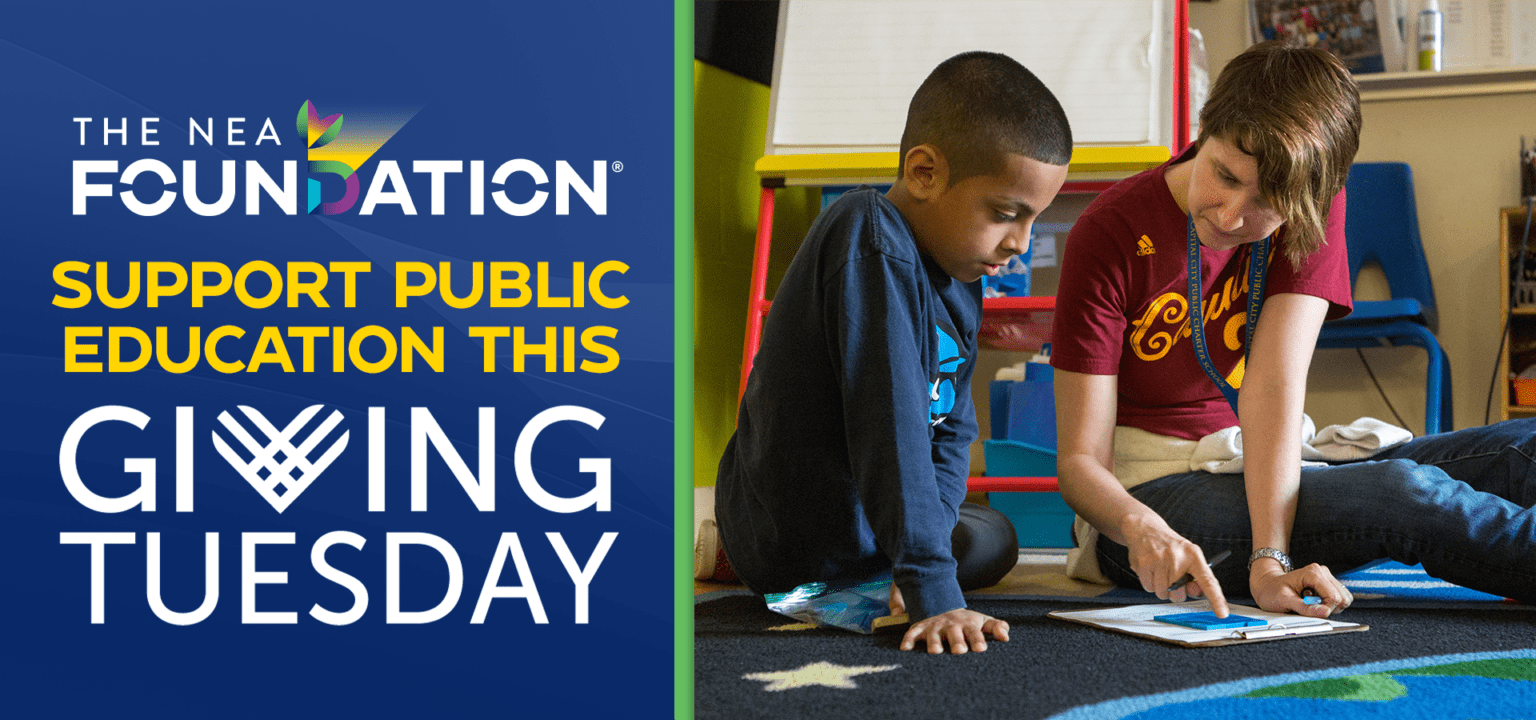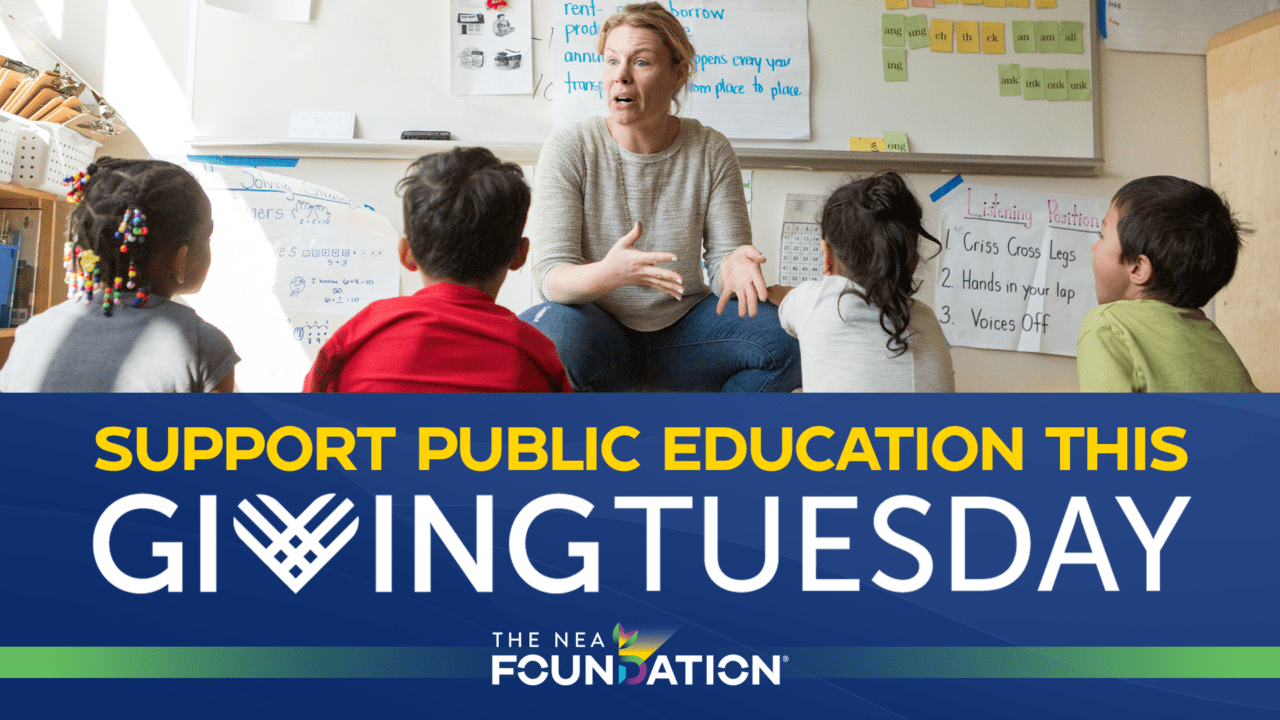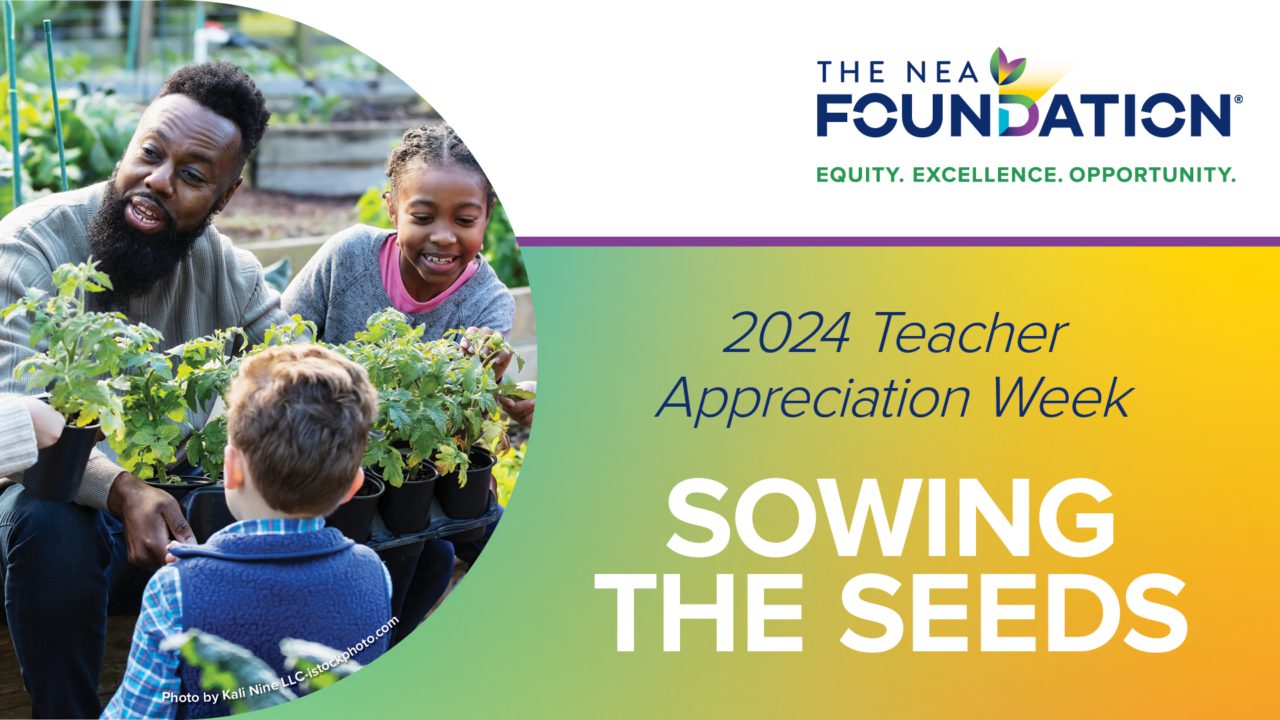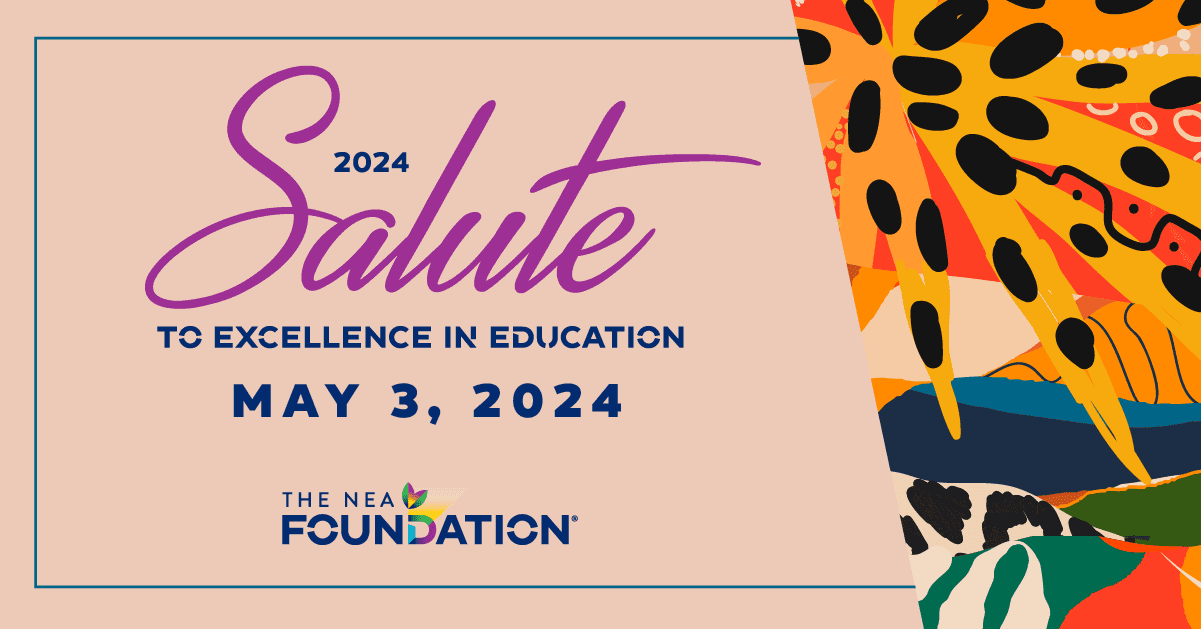At Lincoln Elementary School in Canton, Illinois—just over three hours southwest of Chicago—Education Support Professional (ESP) Amy Evans is making science come to life for students throughout the school. Alongside library clerk Erin Allen, Evans is leading a hands-on, innovative health and anatomy project designed to help elementary students better understand how their bodies work and why health and anatomy matter.
The initiative began when the district purchased a single skeleton and torso model to support health education. After seeing how positively students responded, Evans and Amy decided to grow the effort with the help of an NEA Foundation Student Success grant. Now, thanks to their leadership, new anatomical models of the heart, eyes, ears, and brain are giving students across grade levels access to high-quality, hands-on learning experiences.
In the library, Allen makes the models available to students during free play sessions so they can start to familiarize themselves with how the parts fit together. Evans then builds off that familiarity to take a deeper dive with students in the classroom, using the models to make real-world connections to nutrition and health. Students learn to identify the bones and organs of the body both by name and function.
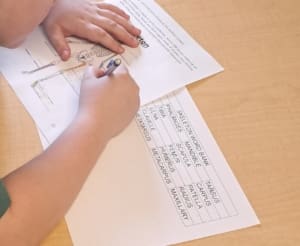
A student labels parts of the human skeleton using words from a word bank
“It’s having the understanding that one thing doesn’t work by itself,” explained Evans. “It takes all of it to work together. One student told me, ‘These are the things my dad learned when he was training to become a chiropractor—that means I can become a doctor too.’”
The project is rooted in the belief that health education should be accessible and engaging for all students, regardless of learning style.
“We want kids to understand how everything in the body works together,” said Evans. “It’s not just about naming parts. It’s about critical thinking, problem-solving, and connecting knowledge to their everyday lives.”
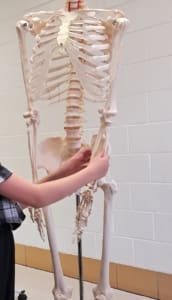
A student handles a model of a human skeleton.
For Evans, receiving a grant as an ESP has been an encouraging experience, since many education-focused grants are only available to educators.
“I want ESPs to know that just because you’re an ESP doesn’t mean you can’t apply for these grants,” Evans said. “The process was really user-friendly, and it’s all about coming up with an idea that enhances student learning. I am so thankful for the opportunity to be able to receive the grant. I’m getting ready to start a differentiated version of this for my kindergarten students and I think they’re going to love it.”
Thanks to Evans’ leadership and vision, students in this rural community are learning not just the names of different parts of the body, but how to take care of their health, dream big, and imagine new futures.
Want to support more grant projects like this? Make a donation today and sign up for our email newsletter to stay in the loop about more stories of excellence in education.



